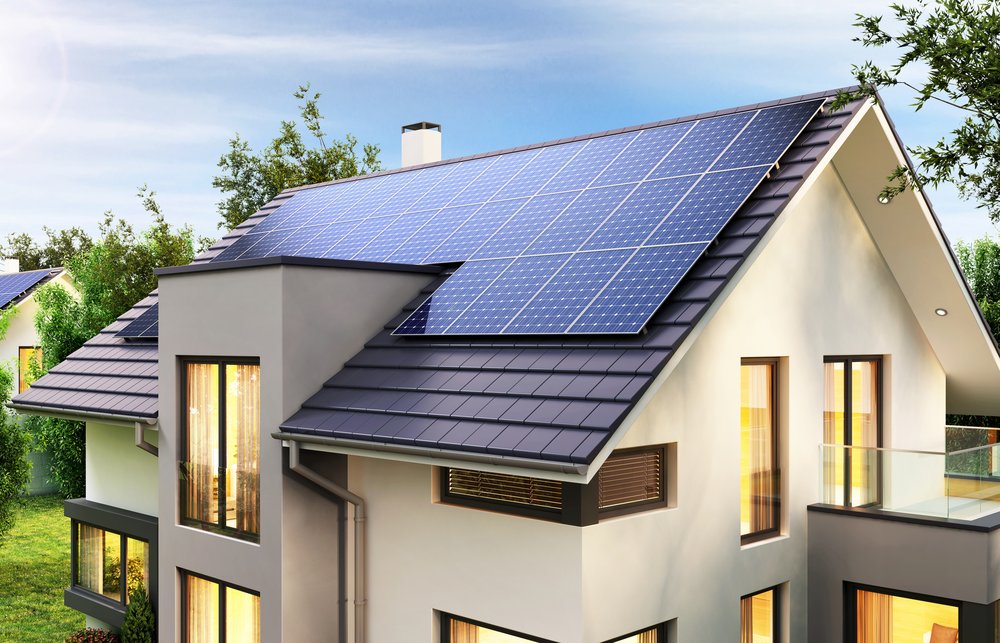Residential solar PV systems have a lifespan of approximately 30 years, and the vast majority are installed on roofs. Because solar systems are designed to last a long time, many solar homeowners wonder how to maintain or replace the roof once the modules are up there.
A well-maintained roof is essential because it prevents water from entering the house. However, its lifespan depends on the roofing materials, the climate, and the roof installation quality.
Typically, composite shingles last 12 to 20 years. Asphalt shingles last 15 to 30 years, and metal roofs last 40 to 70 years.
Before installing a rooftop solar array, consider the age and condition of the roof. If it is nearing the end of its lifespan or shows signs of wear, we recommend having a roofer inspect it before installing solar panels. It is also possible to inspect for roof issues by identifying if water or moisture is entering the home or looking for broken, damaged, and missing shingles.
If your home’s roof needs to be replaced in the next 2 to 3 years, it’s logical to replace it before going solar. Also, if your roof needs minor roof repairs, it’s probably simpler to complete these before the solar panels go up.
What is the cost of solar panel removal for replacing my roof?
When completing extensive roof work, removing the solar PV modules is essential. Occasionally, some solar installers will do this free of charge if they originally installed your solar system. Before you purchase a PV system, ask the solar technician how much they charge to remove and reinstall the solar system. Because it is a labor-intensive action. It can commonly cost around $2,000 or more, depending on the size of the solar system. If you just need to make minor roof repairs, the solar panels can likely stay on the roof for this.
Are metal roofs good for solar PV systems?
Yes, solar panels and metal roofs are an excellent combination. Metal roofs are so durable and have other sustainability benefits. Generally, metal roofs last at least 40 years. This is a little longer than the design life of a solar power system.
Several solar mounting products are designed specifically for standing seam metal roofs. These systems clamp onto the roof’s seams and avoid roof penetrations.
Unfortunately, metal roofs have are more expensive than shingle roofs. However, when considering the longer lifespan, metal roofs often have a lower life cycle cost and can boost property values. Also, most metal roofs are completely recyclable. They often contain recycled content, so many homeowners like them for their sustainability.
Despite metal roofs being a great material, solar PV panels work well with almost any roof type. A more important consideration is how much sunlight your roof receives and its orientation.
Should I wait to install solar panels until I replace my roof?
If you aren’t going to replace the roof soon, installing the PV panels sooner instead of later is better. Remember, your utility bill savings don’t start until your panels produce clean electricity. Also, some areas have solar incentives that can reduce the total cost of going solar, such as the federal solar tax credit in the United States. However, such programs may either taper down or expire in the next couple of years.










